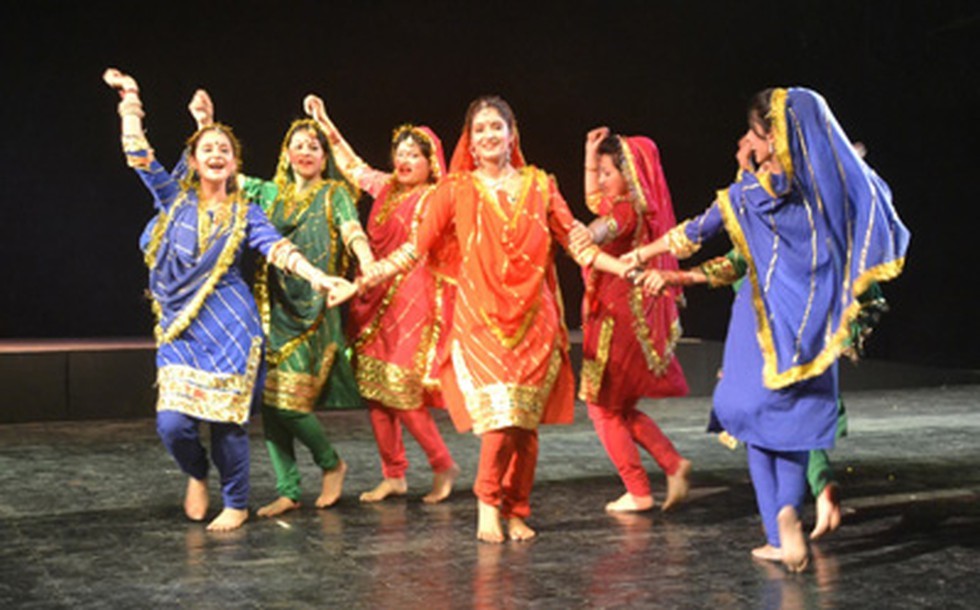Free Courses Sale ends Soon, Get It Now


Free Courses Sale ends Soon, Get It Now



Disclaimer: Copyright infringement not intended.
Context
Recently, the Union Government of India conferred Padma Shri award to Jammu’s Dogri folk dancer Romalo Ram.
Details
Dogri Folk Dance
Dogri Language
|
PRACTICE QUESTION Q. Which of the following dance forms is characterized by dancers balancing a series of earthen pots on their heads? A) Kuchipudi B) Bhavai C) Mohiniyattam D) Potraj Answer: B |
© 2024 iasgyan. All right reserved